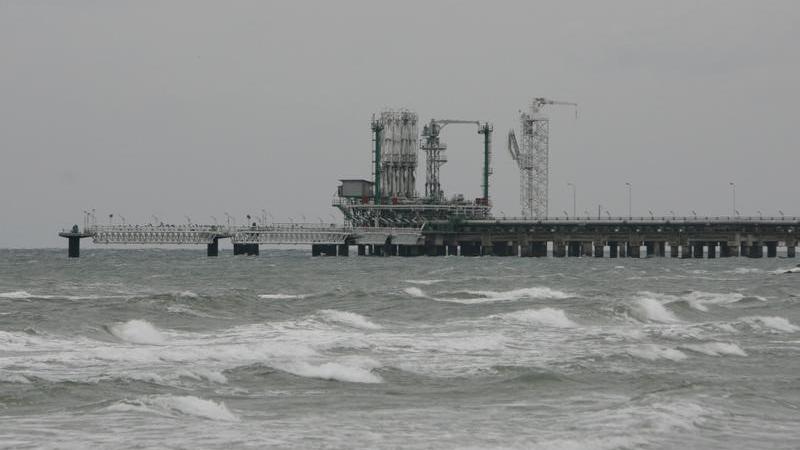Natural Gas Prices Increased Despite Forecasts For Milder Weather And Lower Demand.

Natural gas prices saw a notable uptick yesterday, rising by 1.34% to settle at 151.5, driven by expectations of low output in the coming weeks as drillers continue to reduce gas rigs.
Despite forecasts indicating milder weather and lower demand, prices surged, indicating resilience in the market. This resilience was further supported by reduced gas withdrawals from storage, slightly below market expectations, and despite negative spot power and gas prices in certain regions.
Power outages stemming from a 4.8-magnitude earthquake near New York City also impacted demand temporarily, reflecting the interconnectedness of various factors influencing gas consumption. Notably, gas output in the Lower 48 U.S. states has declined to an average of 99.1 bcfd in April, down from March levels and reflecting a broader trend of decreasing production since December 2023’s record high. Additionally, meteorologists project cooler-than-normal weather across the Lower 48 through April 7, followed by a shift to warmer conditions from April 8-20.

From a technical standpoint, the natural gas market observed short covering, evidenced by a 2.19% drop in open interest to settle at 56023 contracts, while prices rose by 2 rupees. Support levels are identified at 148.5, with potential downside testing towards 145.4. Conversely, resistance is anticipated at 153.6, with a potential breakout leading to a test of 155.6. Despite the short-term fluctuations, the overall trend indicates market participants’ focus on supply dynamics and weather forecasts as key drivers of natural gas prices.
You’re absolutely right. Natural gas prices did indeed rise recently, even though forecasts predicted milder weather and lower demand. This seems counterintuitive, but there are a couple of reasons behind it:
- Reduced Supply: While demand might be down, natural gas drillers are reportedly cutting back on production. This decrease in supply can help push prices up despite lower consumption.
- Storage Levels: Even though withdrawals from storage were slightly lower than expected, ample stockpiles might not be enough to offset potential supply concerns, especially if cooler weather predictions hold true for later in April.
- Market Speculation: The natural gas market might be factoring in potential future demand shifts or supply disruptions, leading to price increases in anticipation.
Here are some additional points to consider:
- The price increase wasn’t massive, but it does highlight the complex factors that can influence natural gas prices.
- Short-term weather forecasts might not capture the whole picture, and some meteorologists are predicting a return to cooler temperatures later in April.
Overall, the situation is interesting and shows how even with predictions of lower demand, other factors can play a role in driving natural gas prices up.
Natural gas demand is on the rise globally, and India is no exception. The International Energy Agency (IEA) predicts a 6% increase in natural gas demand for India in 2024, driven by several factors [1].
Factors Driving Up Natural Gas Demand in India:
- Industry: A significant portion of the growth is expected to come from the industrial sector, particularly fertilizers and other chemicals. Natural gas is a cleaner burning fuel compared to coal, making it an attractive option for industries looking to reduce emissions.
- Power Generation: Natural gas is increasingly being used in power generation as a more reliable and flexible alternative to coal. This is especially important as India strives to meet its growing electricity demand.
- City Gas Distribution: The expansion of city gas distribution networks is also increasing demand for natural gas for household cooking and heating.
Challenges to Meet Growing Demand:
- Domestic Production: India relies heavily on natural gas imports, and domestic production isn’t growing as fast as demand. This makes the country vulnerable to price fluctuations in the global market.
- Infrastructure: Expanding the natural gas pipeline network is crucial to meet the growing demand across the country.
The Future of Natural Gas in India:
Despite the challenges, natural gas is expected to play a significant role in India’s energy mix in the coming years. The government is taking steps to boost domestic production and expand infrastructure to ensure a reliable and affordable supply of natural gas.
